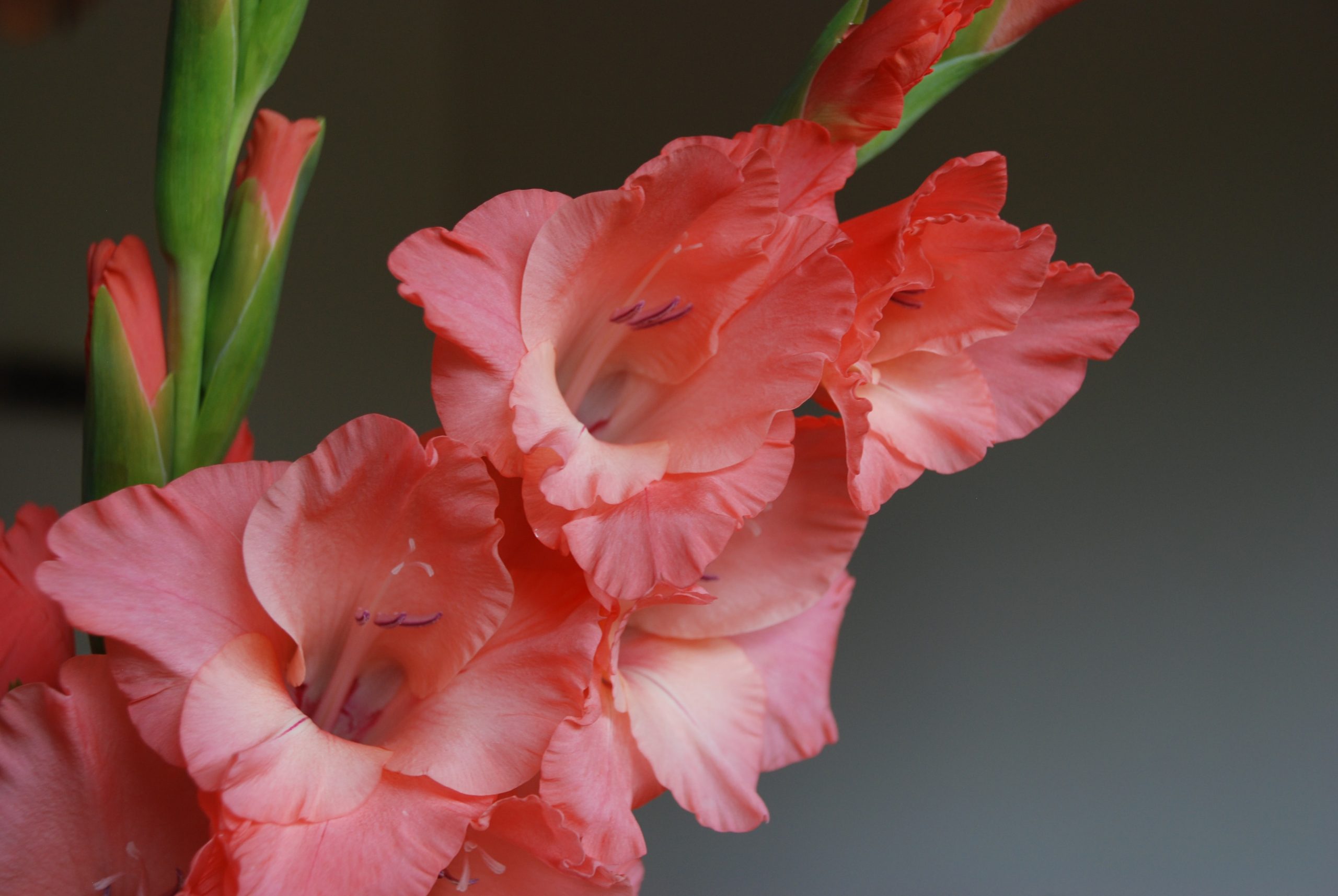Last Updated on January 11, 2022 by Real Men Sow
Let’s meet the beautiful sword lilies, also known as gladioli. Their long pointed leaves bring a visual resemblance of the sword, that is why gladioli got its unique nickname. They are distinguished by their tall spikes of flowers that emerge in the summer, great for adding colour to sunny herbaceous borders and providing contrast with grasses or other flowering plants. Gladioli look great in containers and make wonderful cut flowers.

How to Grow Gladioli Bulbs
Gladiola can be grown in full sun in moist, well-drained soil. If you live in the UK’s north, you can either dig up corms or mulch them to allow them to overwinter in the soil. Split congested clumps every few years.
What’s the Best Time To Plant Gladioli
Spring is the best time to plant gladiolus corms. Plant gladioli corms in spring if you plan to use them as successional color. You can plant one handful per week from March onwards to increase the display. Gladioli corms can be planted directly in borders by adding lots of organic matter, such as well-rotted manure. You can also plant in pots you can use to place the flowers into the borders.
Where to Plant Sword Lilies
Gladioli are a species that comes from hot and dry climates in South Africa or the Mediterranean. They require plenty of sunlight and good drainage. To get the best results, they should be grown in well-drained, moist soil in full sunlight.
How to Care For Gladioli
Water plants well throughout the growing season. Before the flower spike emerges, stake them. Your gladioli tomatoes feed or comfrey feed should be given every two weeks while they are in bloom. If you have tender varieties or live in colder areas of the country, you can lift the corms in autumn and freeze them in frost-free conditions. To protect against cold snaps, cover the corms with thick mulch in autumn for those varieties that are more resistant. Split congested clumps every couple of years.
Propagating Gladiolies
Gladiolus clumps can become congested over time. This causes weaker plants and fewer flowers. Divide clumps every few years in autumn and select the best corms to replant the following spring. If you have previous success overwintering gladioli in-ground, wait until spring to divide the corms and replant them.

